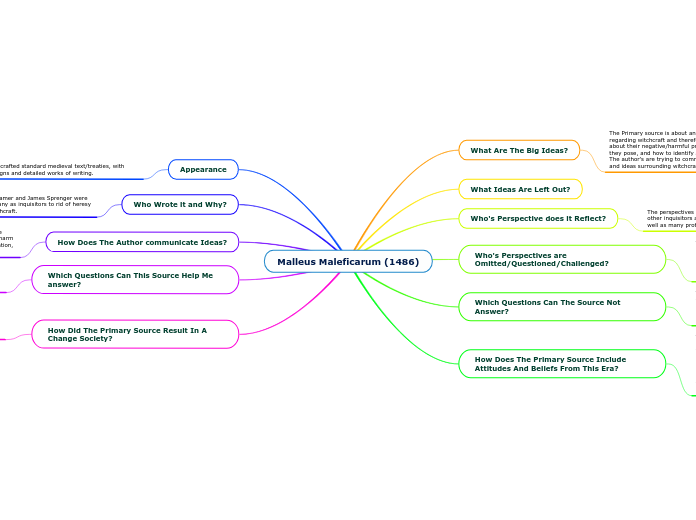by Halle Emma Archer-Li 4 years ago
335
Malleus Maleficarum (1486)
The Malleus Maleficarum, crafted by Dominican monks Heinrich Kramer and James Sprenger in 1486, served as a comprehensive manual for identifying, prosecuting, and executing witches.

by Halle Emma Archer-Li 4 years ago
335

More like this
Written in Latin, a formal tone is used to convey the author's beliefs regarding matters surrounding witchcraft, drawings depict methods of punishment such as burning, removing an eye, or a hand.